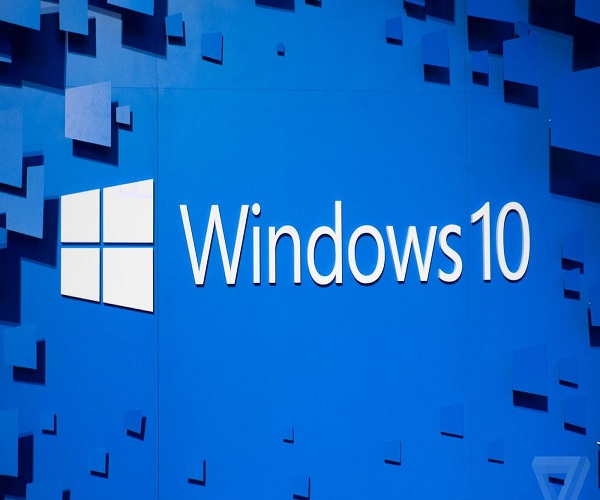Robotic process automation (RPA) is the fastest growing enterprise software market. So it’s only natural that a giant and powerful technology provider like Microsoft is getting in on the action by including Power Automate in Windows 10 for free.
While there were high hopes that AI combined with RPA would lead to better and more valuable automation, this has hardly materialized.
The source of most users’ frustration can be attributed to four main reasons:
Insufficient returns – Many organizations have failed to scale RPA and deliver the promised value due to robot vulnerability and lax automation maintenance and support.
Broken promises – Many automation vendors have overpromised but failed to deliver on expectations for ease of deployment and adoption of RPA.
Islands of automation – Unknowingly, some companies created separate, standalone automation initiatives for different industries. This has led to inconsistent automation design practices and increased acquisition costs for multiple RPA tools.
Incompatible version upgrades – Many Automations Anywhere customers are using version V11 and have struggled to upgrade to the new A2019 version. Frustration with the lack of support has led organizations to seriously consider switching vendors.
Microsoft’s entry into the RPA wars could capitalize on this widespread frustration by offering users an alternative: a free automation tool already included in Microsoft’s current suite of products and services. This initiative shook up an already crowded RPA market and gave Microsoft the opportunity to talk to customers and see for itself what RPA features they really need.
Although Power Automate is one of Microsoft’s more technical products, it offers a very intuitive interface that takes advantage of drag-and-drop functionality and allows for a simplified, step-by-step approach to creating automation scripts in a text-based dashboard. It also provides multiple supported connections to accelerate the user’s ability to create simple automations using RPA and AI workflow solutions.
In addition to its extensive functionality, Power Automate makes it easy to integrate RPA into an organization’s enterprise architecture and interact with existing systems, reducing costs and enabling smoother automation capabilities.
In terms of net price, Power Automate is significantly less expensive than other RPA platforms. This allows companies to reduce operational costs by replacing third-party business process management tools and other costly automation technologies.
It is clear that the introduction of Power Automate has had a significant impact on the RPA market and has a number of clear advantages over its competitors. However, a number of challenges remain, including the fact that bots still need to interface with each other to move from one RPA platform to another, despite Microsoft’s efforts to harmonize functionality.
Platform migration can also be affected by the fact that previous versions of bots may be lost during the transition, which can hinder compliance and impact analysis in the target RPA tool. And because audit logs are not stored in the same way in all RPA tools, they may be lost entirely during migration attempts.
And although the automation market still seems to be dominated by a relatively small group of vendors specializing in RPA, Power Automate is a sign that the citizen designer is gaining ground and that RPA is the standard feature supporting enterprise automation initiatives.
Follow and connect with us on Facebook, LinkedIn & Twitter

